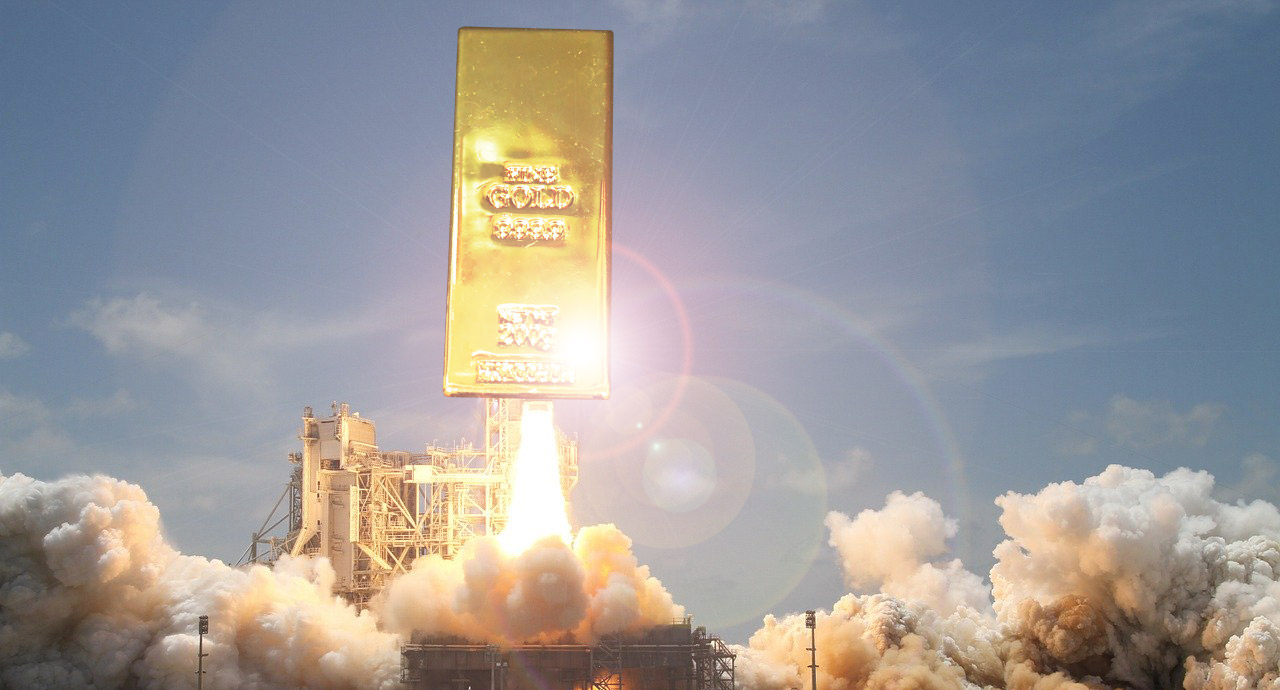
Updated March 05, 2023 By James Anderson Gold & Silver News
About one year ago, on March 8th, 2022, following a 250% rise in the nickel price within 24 hours, the London Metal Exchange suspended nickel trading on the exchange. They claimed it was due to the systemic risk to the market in an unprecedented price move and canceled all trades that took place that morning effectively rewinding the market to its closing position on 7 March 2022.
This week the UK's Financial Conduct Authority stated it had opened an "enforcement investigation" into the London Metals Exchanges conduct and price discovery systems from last year's more than doubling of the then nickel price from $48,000 to over $101,000 per tonne.
The trades were reversed by force majeure, and nickel trading was temporarily halted, saving a Chinese billionaire's bad short bets at the time.
This, of course, will not be the last time we see metals prices explode due to short squeezes in price discovery markets.
As Bloomberg reminded us this week, an estimated $10 trillion of varying metals (silver included) will be required by 2050 to meet net-zero target scenarios.
Of course, I would bet none of their assumptions on future silver demand adjusted for continued record monetary and store of value investment demand are likely to come.
This week, perhaps the world's largest market maker in the silver market made major movements of silver out of its eligible pile into the registered pile, likely preparing for end-of-month silver bullion deliveries coming due.
A movement of over -7 million ounces of silver bullion in two days this week from the non-deliverable eligible piles to deliverable registered piles is a large chunk even for the supposed biggest commercial bank in COMEX silver warehousing.
Consider that over 103 million ounces of the JP Morgan COMEX pile is spoken for underlying SLV holdings. In that case, just over 40 million ounces of silver float are currently held in JP Morgan's New York COMEX vault between its house account holdings and client holdings combined.
In other words, the world is running a slimming just in time silver bullion inventory supply system, but the world at large doesn't know it yet.
The silver and gold markets finally had a positive week in fiat US dollar-denominated spot price trading.
The daily silver price closed above $21.25 bid ($22.87 to end the week of 3-17-23) while the spot gold price closed the week over $1,855 oz bid price ($1,997.51 to end the week of 3-17-23).
The spot gold-silver ratio finished the week flat at 87 (still at 87.34).
We can see COMEX gold has recently bounced and is still well above its 200-day moving average of around $1,776 oz, while COMEX silver's recent bounce is only just above its 200-day moving average at $20.96 oz.
The current 200-day moving average of the gold-silver ratio currently stands around 85.
Government central banks continued last January 2023 as net buyers of gold bullion to the tune of 31 metric tonnes added to their stashes, adding roughly 1 million ounces, mostly in Turkish and Chinese Official Gold Reserve holdings.
Of course, record central bank gold bullion buying volumes in 2022 were likely a direct response to the massive increase in US sanctions last year combined with one of the worst bond market performances since roughly the year 1871.
Perhaps central banks also know that, given their reckless fiat currency creation policies over the last few years, secular inflation is here to stay. Historically back-tested data proves that gold bullion performs best in real returns versus inflation over the long haul.
Suppose this 21st-century gold bullion bull market performs similarly to how it did during the last major secular inflationary regime of the 1970s into 1980. Central banks currently acquiring gold bullion will be rewarded handsomely for doing so.
In terms of Turkey in net gold bullion imports to start the first month of this year, they imported physical gold in record size. In terms of Turkish silver imports to begin the year, they continue gaining market share, becoming a larger player in the silver bullion bar fabrication industry.
The CFTC continues not to report its weekly Commitments of Traders Report, often simply called CoT Reports in short. The agency now claims they will get around to publishing these critical commodity market data reports by the middle of this month.
So COMEX gold futures market traders have been flying semi-blind since the start of last month, Feb 2023, an unprecedented situation since the start of gold and silver CoT Reporting in 1986.
The same story for COMEX silver futures markets traders over the last month or so, trading somewhat blind.
In the last month-plus non-CoT reported time, most likely commercial banks and non-commercial speculative traders have moved from being less net short and less cumulatively long respectively, judging by collapsing open interest of late.
To the final points of this week's RPM's Market Update, from a long-time commodity investor whose insights I highly respect and follow. Leigh Goehring (ger-ring) of Goehring and Rozencwajg has often been a gold bull at the correct times and inflection points.
In 2000, Leigh called for gold to do a near ten-bagger in fiat US dollar terms when the gold price was trading around $280 oz. And five years ago, he talked about being bullish on gold before this current secular inflationary regime came about post-pandemic.
Last year in late October 2022, the commodity investors published a Q2 2022 commentary on their blog, which I will link in the show notes below, citing the key ingredients they want to see before adding overweight into silver and gold market bets, respectively.
They cite that the next primary bull market for silver and gold, unlike the 2000-2011 run, will likely be driven by western, not eastern, investor inflows. They cited the falling gold and silver ETF holdings that have remained lackluster until now.
They were also waiting to see COMEX gold and silver futures data, where commercial trading positions went net long for a timing signal.
With no published Commercial Futures Trading Positions of late, we are still determining how close we might be now.
But what these long-time commodity investors stated at the time still pertains long term.
When recently publicly asked how big a bullion bull market this will be?
"By 2028, gold could be over $10,000. If gold is over $10,000 and we go back to the 20:1 gold-silver ratio. That's $500 silver," Goehring said. "It will be the decade of shortages, and everyone's going to get poorer except for the people that own physical gold and silver."
Of course, with silver and gold markets calm and currently merely trading near their respective 200-day moving averages, this may sound nuts like it did during their early 2000s $2,500 oz gold price call.
But given real metal shortages to come, I would not discount their experienced prognostications for later this decade.
That is all for this week's Royal Precious Metals Market Update.

